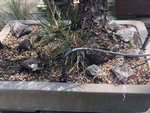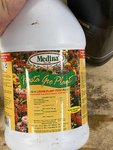Hmm as I’m reading, thought of a random question..
Is there an advantage or disadvantage to scattering organic fert pellets over top of the tree substrate, rather than”cakes” in multiple locations?
I tend to lightly scatter them around all of the surface, thinking the water will then have the nutrients deep in to the whole rootball, not just concentrated in areas like cakes. But everyone uses cakes so it can’t be bad...
Anyone know the difference between the 2 options?
I’ll be starting my fertilising routine soon, when spring really arrives, so I’d be curious to try anything different.













